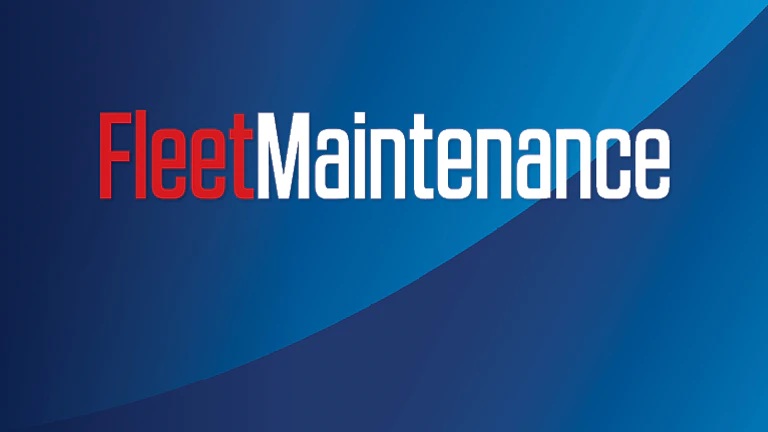Engine oil viscosity is a measure of how viscous, or thick, an oil is. The higher the viscosity, the thicker it is. In other words, SAE 40 is thicker than SAE 30. A higher-viscosity engine oil provides maximum protection under full load. A lower-viscosity, more free-flowing oil provides for easier starting in cold temperatures.
Multi-grade engine oils such as 15W-40 or 10W-30 help bridge the divide.
“Viscosity Index Improvers (VIIs) are used in multi-grade engine oils to help minimize the effect of temperature on lubricant viscosity,” says Darryl Purificati, OEM technical liaison at Petro-Canada Lubricants. “VIIs help reduce oil viscosity thinning effects at high temperatures to maintain sufficient boundary lubrication and protection of vital engine components.”
“VIIs are used to deliver the desired viscosity profile between 40 and 100 degrees Celsius that base oil cannot deliver,” says James Booth, commercial sector manager at Chevron. “However, with the improvement in base oil quality, the relative importance of VIIs has somewhat diminished.”
Source: https://www.fleetmaintenance.com
CUT COTS OF THE FLEET WITH OUR AUDIT PROGRAM
The audit is a key tool to know the overall status and provide the analysis, the assessment, the advice, the suggestions and the actions to take in order to cut costs and increase the efficiency and efficacy of the fleet. We propose the following fleet management audit.




